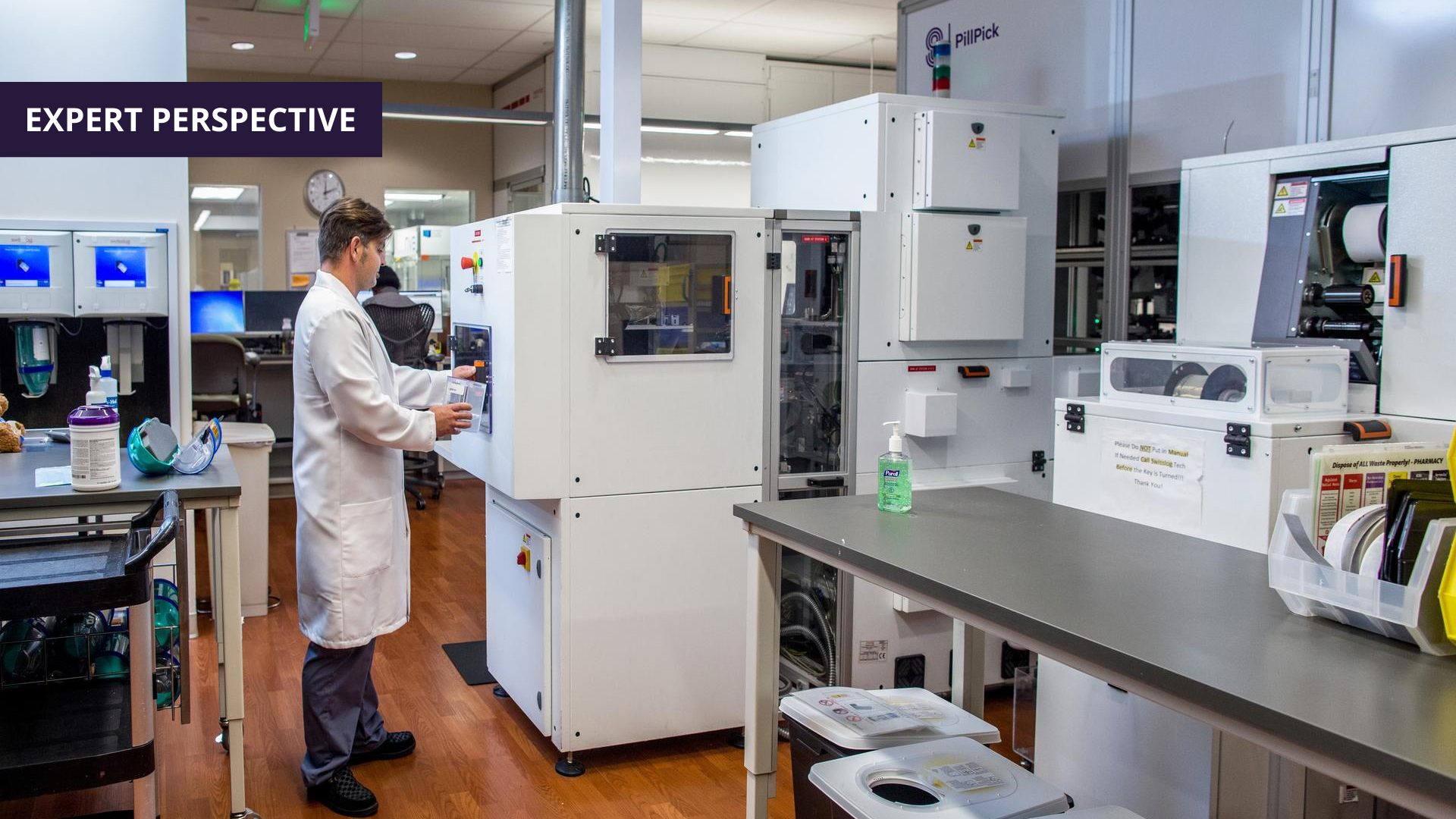Jeff Erbert | 28 June, 2024
Baby Boomers: An Aging Generation
As of 2023, the Baby Boomer Generation (born 1946-1964) makes up roughly 20.93% of the United States’ population. That’s more than any other generation with the exception of Millennials (born 1981-1996) who make up 21.71% of the population. Baby Boomers, by in large, are entering their golden years and are doing it with modern medicine on their side. As a result, average life expectancy has dramatically risen and so too has the need for healthcare.
When the first Baby Boomers were born the average life expectancy of an adult in the United States was about 65 years old. Today, it’s about 80 years old. That’s a 23% increase in average life expectancy, and places the United States 47th in life expectancy worldwide.
Population Growth Means Additional Demand
Though aging Baby Boomers will drive demand for care, a growing general population will also increase that need. With that said, the general population of the United States has increased significantly over the decades.
In 1946, the population of the United States was roughly 141.3 million. Today that figure is around 333.2 million people. And while that growth has largely been accounted for, rapid medical advancements thanks to AI-driven research could result in a greater number of people requiring care for decades longer than expected.
Baby Boomers Face More Comorbidities
Research published in The Journals of Gerontology suggests that members of the Baby Boomer generation are in fact living longer than previous generations, but they’re not necessarily ‘healthier’ than those that came before them. In fact, Baby Boomers are more likely to have a higher number of chronic health conditions – such as heart disease, hypertension, diabetes, lung disease, cancer, neurological disease, and others – than the generations that came before them.
These comorbidities – according to the Association of Healthcare Journalists – affect between 55% and 98% of US adults age 65 or older, and will inevitably increase as the population continues to age. Experts posit that this can place an increased strain on the health system in the form of increased demand for specialized care, more frequent hospitalizations, and a need for better medication management.
The Financial Impact of Aging
The financial implications of an aging population on the healthcare system can place added operational pressure on healthcare providers. Medicare, the United States’ federal health insurance program for individuals aged 65 and older, is growing in enrollment with higher expenditure per patient.
The rising Medicare costs associated with an aging population are placing focus on public finances and highlighting the need for sustainable healthcare funding solutions and budget flexibility for providers.
Policymakers, insurance companies (in the case of supplemental plans) and healthcare providers must evaluate their current working models to develop strategies that ensure the availability of high-quality care while managing costs effectively.
Prepare Today To Thrive In The Coming Decades
In total, the aging U.S. population is driving a substantial increase in the demand for healthcare services. Chronic diseases, the need for specialized care, and the financial impact on Medicare are all contributing factors.
Addressing these challenges requires a multi-faceted approach, including expanding the healthcare workforce, increasing the availability of specialized care facilities, and developing sustainable funding models. By proactively addressing these issues, the healthcare system can better meet the needs of the aging population and ensure that older adults receive the care they deserve.









